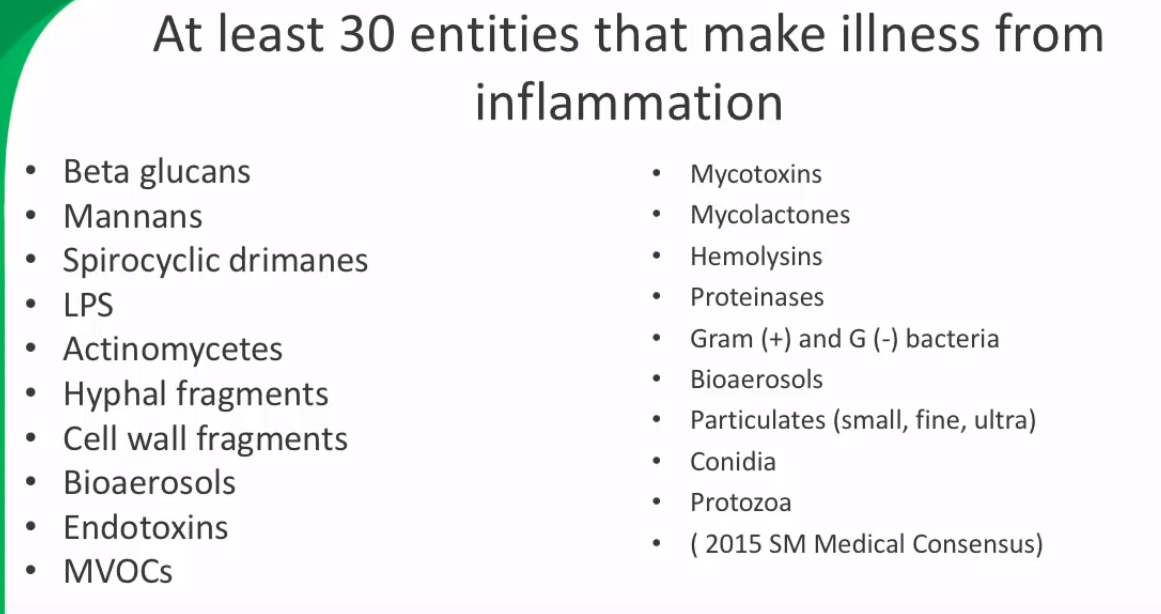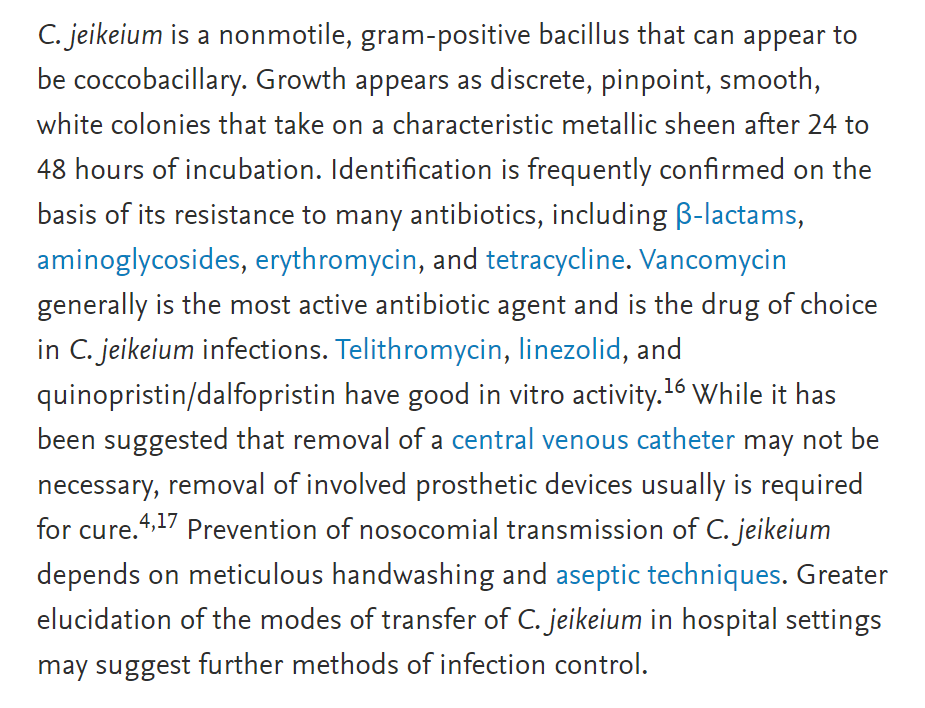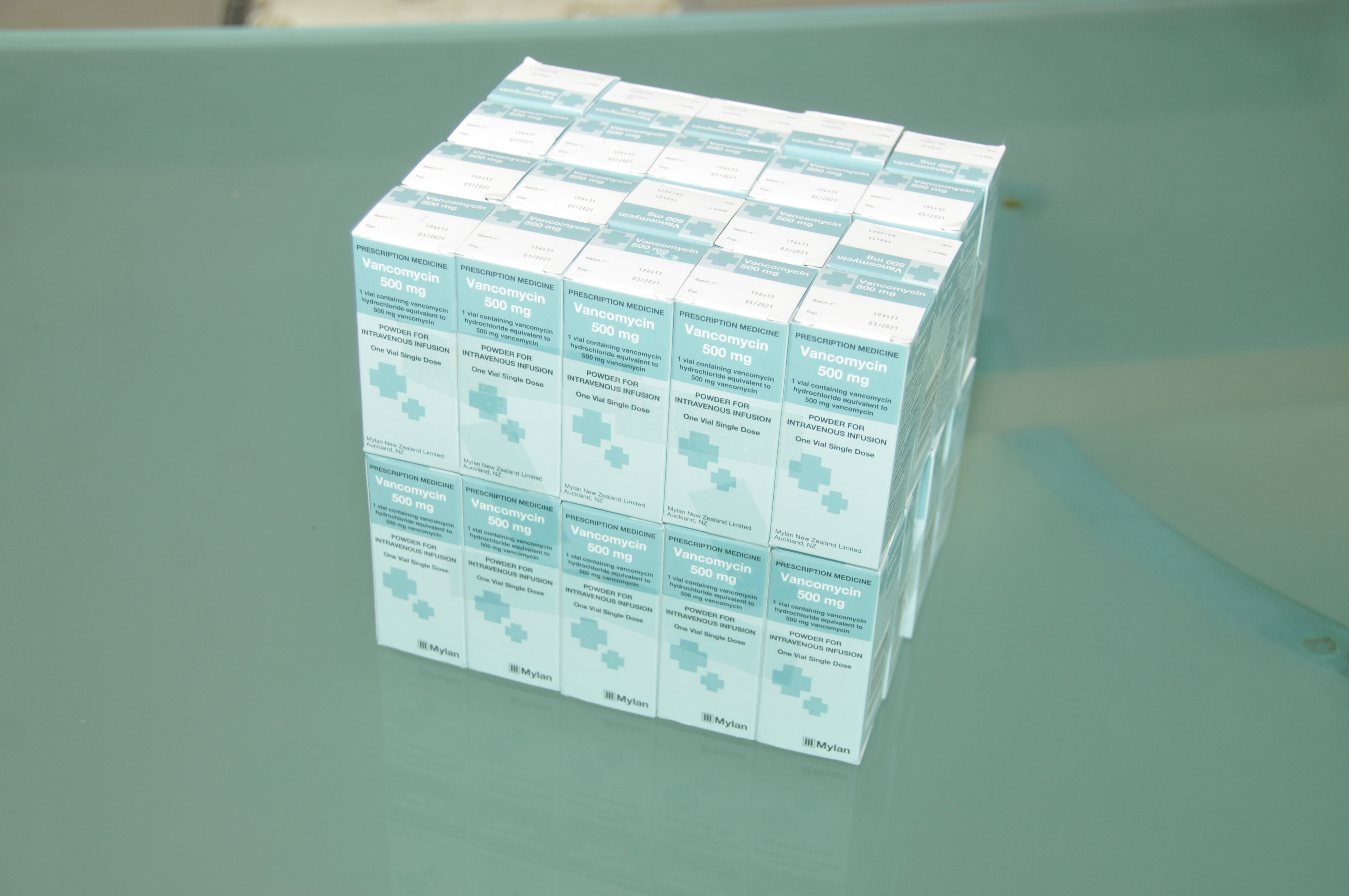Coaching
A CIRS Detective Story
As you may know, an important part of the Shoemaker CIRS protocol is identifying the source of your biotoxin triggers. Sometimes it's just MARCoNS or mold or Lyme; sometimes it's something more subtle, or it can even be more than one thing. The following graphic shows some of the many entities that can make illness from inflammation:

I had a case where the answer required a bit of detective work (this story is used with permission). Lyme testing showed a borderline result that may have been from a past infection, and there were symptoms that didn't fit the normal Lyme profile. To see if Lyme was active, I contacted Ceres Nanosciences about the possibility of using their Lyme Nanotrap test — one of the most accurate tests for Lyme. However, due to various logistical issues, including the need to ship blood samples to them overseas, packed on dry ice, as well as some changes being made on their end, it didn't work out. I asked them for a referral to another lab, and they suggested Aperiomics.
Aperiomics is a start-up company with a new test that looks for DNA fragments, and matches them against a large library. In that way, they can identify more than 37,000 different organisms from a single sample — Lyme, mold, viruses, parasites and bacteria. We used urine, but they can also test blood plasma and stool.
After a few weeks, the results came back:
No viruses or parasites found, but they did identify a few fungi and about 38 different bacteria. They called out a handful of the bacteria out as being probable pathogens and a source of infection.
With that information in-hand, I began researching the potential pathogens, and found a paper about C. jeikeium:

The description matched the symptoms and history well. This case has a long history of multiple antibiotic use, along with a cause-unknown incident of sepsis, and other things — so it was fascinating to see that C. jeikeium is usually resistant to multiple antibiotics. However, it can be treated with Vancomycin, normally considered to be an antibiotic of "last resort."

Vancomycin is only available by prescription. In most medical jurisdictions, doctors actually need to follow a very specific protocol before they can prescribe it, usually showing resistance to at least two antibiotics. It is normally administered by IV in a hospital setting. However, it can be taken orally at home, too, although the process is a bit involved.
Each of the 40 small boxes in the photo above contains a glass vial with 500mg of Vancomycin powder. You mix the pure powder in sterile water using a 10cc syringe, and then take it in equal doses every 6 hours (125mg/dose). However, once mixed in water, it only lasts 24 hrs, so it has to be re-mixed fresh every day. Treatment consists of 10 days on, then a break for 10 days, then another 10 day course. Vancomycin can cause kidney stress, so labs should be done before starting, and then after each course.
The moral of the story is to not give up in your search for biotoxin triggers. You may find yours in a blood culture, the GI-Map test, ERMI or HERTSMI-2 mold testing, Actinomycetes or Endotoxin testing, or you may need to explore new technologies, as with Aperiomics. An MRI with NeuroQuant may also help point you in the right direction. Good luck!
Articles
diagnosis
detective
MCS/EI/CFIDS
protocol
oxygen O2MT
Healthy House
guidelines
location
foundation
floorplan
framing
flooring
electrical
plumbing
roofing
windows
siding
kitchen
Supplements
carnitine
cetyl myrist.
coq10
d-glucarate
glucosamine
IP6
Lipoic Acid
Vitamin E